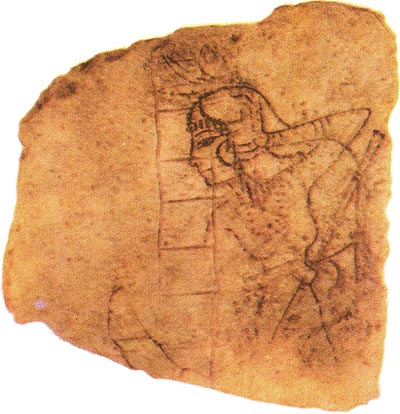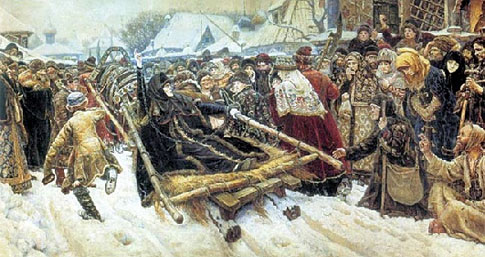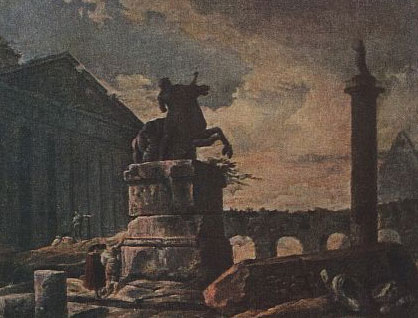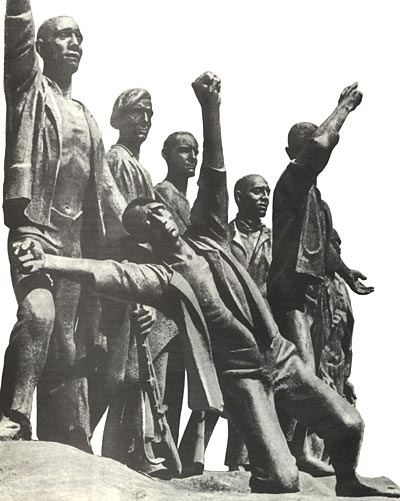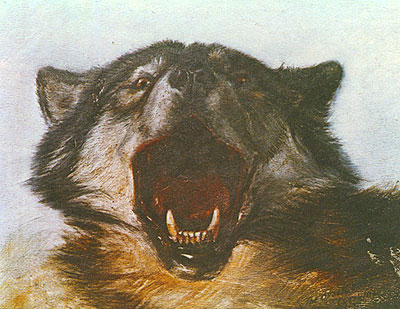Two portraits of the actress Strepetova
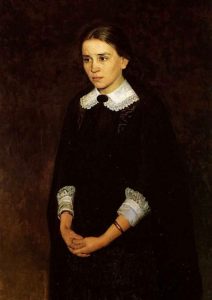 There are destinies that strike the imagination with unusualness and inner completeness — such is the life of Pelageya Antipevna Strepetova (1850–1903), difficult and bright, full of dramatic turns. At the age of seven she first appeared on the stage. She was not yet fifteen, when she became a professional artist. And after a while rumors about her brilliant game began to spread throughout Russia. The very first performances of the provincial actress on the stages of Moscow and St. Petersburg literally stunned the theater audience, gave rise to the sincere admiration of some and the same sincere hostility of others. And this is no accident: Strepetova was not just a talented actress – she updated the very principles of theatrical play. Being a decisive opponent of the routine, the actress created stage images, full of lively feeling, full of life truth. According to the writer A. Pleshcheyev, Strepetov “played, as Tolstoy says, as Repin writes.”
There are destinies that strike the imagination with unusualness and inner completeness — such is the life of Pelageya Antipevna Strepetova (1850–1903), difficult and bright, full of dramatic turns. At the age of seven she first appeared on the stage. She was not yet fifteen, when she became a professional artist. And after a while rumors about her brilliant game began to spread throughout Russia. The very first performances of the provincial actress on the stages of Moscow and St. Petersburg literally stunned the theater audience, gave rise to the sincere admiration of some and the same sincere hostility of others. And this is no accident: Strepetova was not just a talented actress – she updated the very principles of theatrical play. Being a decisive opponent of the routine, the actress created stage images, full of lively feeling, full of life truth. According to the writer A. Pleshcheyev, Strepetov “played, as Tolstoy says, as Repin writes.”
But the enthusiasm of the fans and the wide popularity still did not bring Strepetov personal happiness.
It is relatively easy to trace the sequence of events that make up human destiny. But the question arises: what was the inner life of this wonderful woman? What was her character? What did she think, what did she live on? Reviews of contemporaries about Strepetov contradictory, often superficial.
Interesting memories of Strepetov left M.V. Nesterov: “Strepetov, like the great Mochalov, like a number of prominent Russian actors who based their play on their immediate“ feeling ”, was uneven in the play. Today, she shocked the audience with deep, unforgettable experiences of the restless female soul – her heavy share, and tomorrow in the same role was mediocre, colorless. And so all her life, on stage and in life, her success alternated with failures, with despair.
Her repertoire had several roles in which she had no rivals. In Thunder, she was astonishing Katerina.
There are many other roles with a pronounced tragic character and mainly from the folk Russian life. Strepetova played as a truly great artist … The sound of her voice, simplicity, naturalness – that great realism that happens so rarely, and even among great artists we knew not so often – this realism was at Strepetova in the moments of her highest inspiration. ”
In Moscow, in the Tretyakov Gallery, there are two portraits of the actress, which can be regarded as artistic “documents”, whose veracity is absolutely indisputable. And it is indisputable because portraits were created by people of the highest honesty and great intelligence, renowned masters of Russian realistic art of the second half of the XIX century – I. Repin and N. Yaroshenko.
Repin was always aware of the latest theater news, highly appreciated Strepetov’s talent, her style of play. “Yermolov and Ilinskaya,” he wrote to V. Stasov, naming the artistic names that were popular in those years, are really excellent actresses, but they are far from Strepetova. Already in 1878, the artist makes several pencil sketches depicting an actress. It takes another three years, and Repin creates a picturesque portrait of Strepetova, in which she is represented in the role of Lizaveta from A. F. Pisemsky’s play “Bitter Fate”.
In 1882, the master wrote another portrait Strepetova. He writes as a preparatory sketch for the painting “Solitary confinement” (“Tosca”), which is now in the Prague National Gallery. The result was quite unexpected: the picture clearly failed, but the sketch for it became one of the masterpieces of Russian painting.
The artist boldly and confidently depicted the expressive face of a young woman, outlined his hair with long, infrequent strokes. The eyes have darkened somewhat, making the gaze deep, as if coming from the very soul of man. Obviously, we have a person who is in a special psychological state. The moment of high elation has been chosen: creative burning turns into suffering – not for oneself, for others.
And the main carrier of the internal drama becomes a picturesque portrait structure. The paint layer is here something moving, agitated, full of life. Color is sustained in the general warm, even “hot” color scale. Smears are put on the canvas decisively, with seeming negligence, but always accurate. One feels the rapid rhythm in which the artist’s brush moved: the background is widely and broadly registered, the collar is fashioned with nervous whitening brush strokes. Repin’s elder friend, the artist I. Kramskoy, described the course of his work on the paintings in the following way: “He would surely get angry, be angry with his whole soul, grab the palette and brushes and start writing on the canvas, as if in some kind of rage.
Since the traces of the creative efforts of the artist are not hidden in any way, they seem to coexist in the picture. two images: Strepetov and Repin himself. And yet it does not violate the artistic unity of the portrait: after all, all the character traits of the author, reflected here – temperament, enthusiasm, – manifested only in relation to the model.
